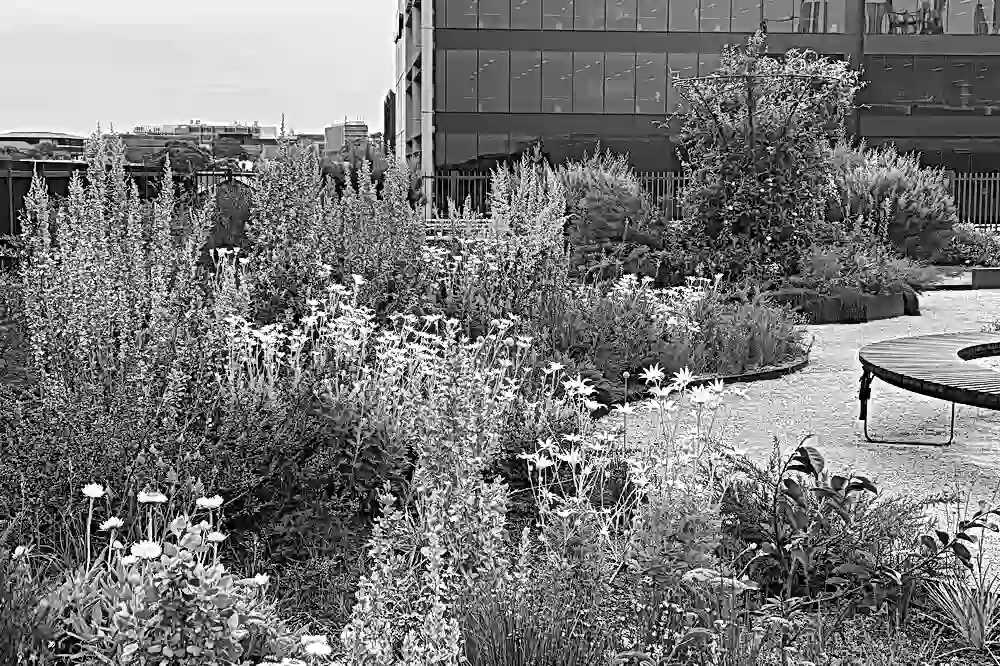COLA Studio specializes in cultural placemaking, community and public works as well as select residential and commercial landscape projects. Beyond Heritage speaks to Founder Kaylie Salvator to understand COLA Studio’s regenerative ethos and how their practice focuses on creating spaces that generate abundance for future generations of people, plants and animals.
Can you please outline your practice and how your work addresses design and/ or climate change?
COLA Studio is an acronym for Country Oriented Landscape Architecture - as a part of our guiding principles, we seek design outcomes that are positive for Country, which inherently means a climate positive approach amongst many other bio-cultural factors, such as stewardship and care, supporting totemic obligations and biodiversity management, environmental justice, supporting ongoing cultural practices of Traditional Custodians and supporting cross-cultural knowledge exchange and belonging. First Peoples' culturally informed ethos, applied to design naturally seeks intergenerational equity, contextualizing design objectives amongst our relational obligations and aspirations for a future deeply embedded with cultural practice and connection. Whilst climate change mitigation and adaptation form key concerns when approaching design, these issues are naturally addressed through the fulfillment of our shared obligations to care for Country, community and cultures presently and for the generations to come.
How might we see more First Nations led climate mitigation and design projects?
Land back and co-management programs that seek to restore custodial control and honour First People's sovereignty will inevitably result in climate positive projects. Through the restoration of custodial obligations and cultural practice, communities can work to heal with Country.
What does caring for Country and environmental responsibility look like to you?
Broadly: collective thinking and collaboration; long term planning; critical inquiry of supply chains; biodiversity planning; continued cultural learning; environmental and social justice. In my day-to-day design life: responsible material selection; community engagement and Blak business partnerships; applying a less is more approach, minimizing earthworks; cultural planning and programming; maximizing endemic biodiversity; avoiding unnecessary travel, printing and energy consumption; storytelling through design and facilitating bio-cultural learning opportunities; consideration of food security and native food sovereignty; Water sensitive design practices.
When approaching new projects what are the shared values you look for?
We look for a willingness from clients to engage with our ethos, levels of innovation, opportunities for First People's advancement and social equity, opportunities for collaboration with community and other Blak businesses; opportunities for care, nourishment, play, learning and creativity - we are thankfully now in a position where the projects we look for offer us fulfillment and excitement.

